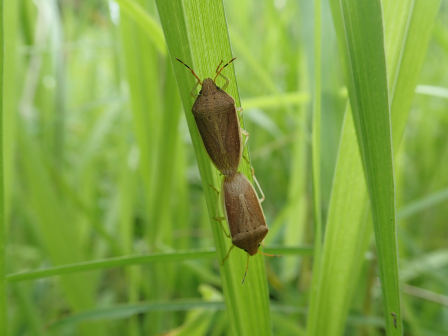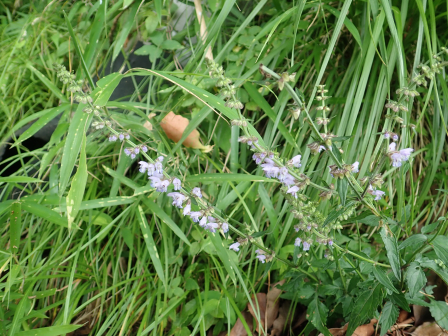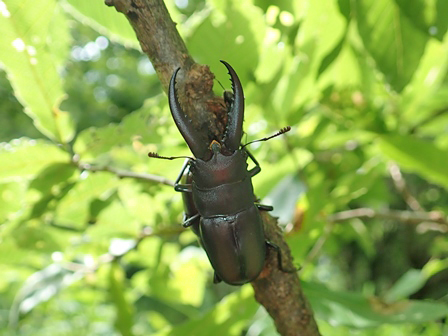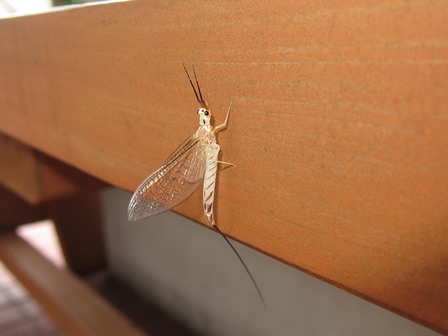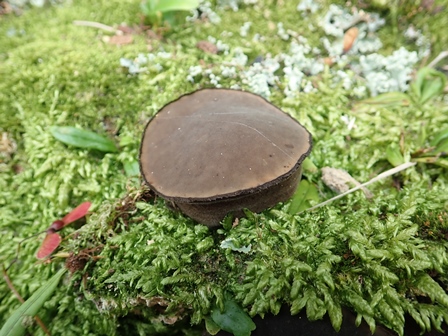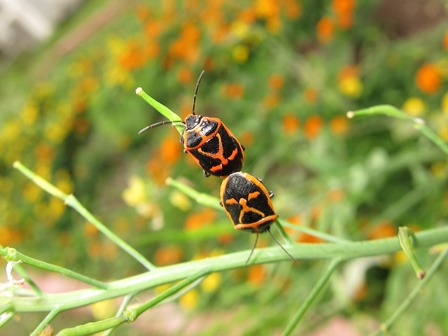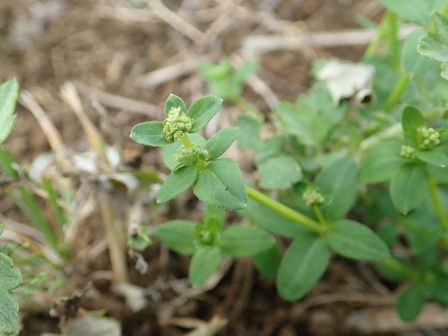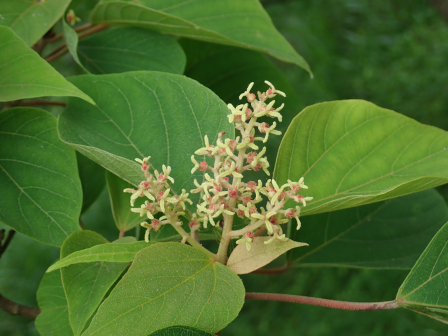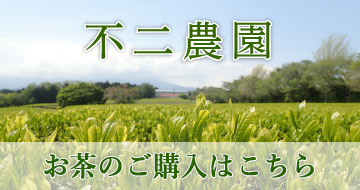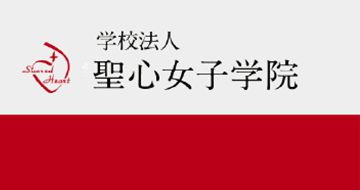フィールド日記
2022年07月
2022.07.29
ヒメヤブラン
ススキ野原でヒメヤブランが咲いています。草地や林の中に生える多年草で、小さい薄紫色の花を上向きにつけます。不二聖心ではよく芝生に混じって咲いています。
"Hime-Yaburan (ヒメヤブラン)" plants are in bloom in the Japanese pampas grass field. They are perennial plants that grow in grass fields, forests and so on, and bear small light purple flowers upward. In our campus, they are often seen in lawns.
2022.07.26
イネカメムシ
ススキ野原でイネカメムシを見つけました。名前の通り、イネにつくカメムシで、害虫とされています。1970年以降は、あまり発生していなかったようですが、近年、再拡大しているとのことです。
2022.07.22
アキノタムラソウ
校舎の裏でアキノタムラソウが咲いています。アキノとつきますが、7月ごろから咲いているのを見かけます。
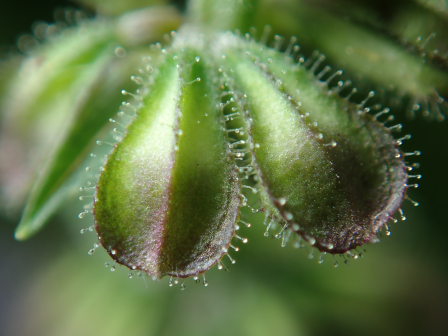
2022.07.19
ノコギリクワガタ
共生の森でノコギリクワガタを見つけました。ノコギリクワガタは大きさによって大アゴの形に変化があることが知られています。この個体は、大アゴがゆるく湾曲した中型の個体です。
I found a stag beetle called "Nokogiri-Kuwagata (ノコギリクワガタ)" in the Kyoseinomori (共生の森). It is well-known that this species has a different shape of mandible depending on their body size. This one's mandible is loosely curved, so it is categorized as a medium size.
2022.07.15
フタスジモンカゲロウ
図書館への渡り廊下でフタスジモンカゲロウの成虫を見つけました。カゲロウのなかまは成虫になってからは食物をとらず、寿命が短いことで知られています。
下の写真は、別の日に、自然探索クラブで裏道沿いの小川を調査した際に見つけた幼虫です。
I found an adult of "Futasuji-Mon-Kagerou (フタスジモンカゲロウ)" mayfly in the corridor to the library. Adults of mayflies don't eat and are known for their short lifespan.
The second photo shows a larva of this species found in a survey done by the nature explorers club on a stream along the back road.
2022.07.12
オオゴムタケ
カエデの倒木上にオオゴムタケが生えていました。名前の通り、ゴム状の弾力のあるキノコです。直径は4cmくらいでした。上面の平らな部分で胞子がつくられます。
I found a "Oo-Gomutake (オオゴムタケ)" mushroom on a fallen maple tree. As the name suggests, it is as elastic as rubber. Its diameter was about 4cm. Their spores are produced on the flat top surface.
2022.07.08
ナガメ
花壇に植えていたカラシナにナガメがついていました。オレンジ色の綺麗なカメムシです。和名のナガメは菜の花につくカメムシという意味で、アブラナ科の植物でよく見られます。
I found "Nagame (ナガメ)" stink bugs on "Karashina (カラシナ)" plants in a flower bed. They are beautiful orange stink bugs. The name indicates that they can be often found on the plants belonging to the group of the "Aburana (アブラナ)" plants.
2022.07.05
ヨツバムグラ
ススキ野原にヨツバムグラが咲いていました。キャンパス内でいくつか同じ仲間の植物が見られますが、本種は明るい草地などに見られ、花序の柄が短く、花が密集して咲くことが特徴です。
"Yotsuba-Mugura (ヨツバムグラ)" plants are in bloom in the Japanese pampas grass field. You can see several similar species to this one in our campus. "Yotsuba-Mugura" plants grow in sunny grasslands and have short peduncles and bear flowers densely.
2022.07.01
アカメガシワ
共生の森でアカメガシワの花が咲いていました。アカメガシワは雄株と雌株に分かれていますが、この木は雌株です。
下の写真は雌花です。3つに分かれた黄色い柱頭が目立ちます。子房には若い葉と同様に赤い星状毛が密生し、赤く見えます。
An "Akame-Gashiwa (アカメガシワ)" tree is in bloom in the Kyoseinomori (共生の森). They are dioecious, which means that one tree has only either female or male flowers. This tree is a female one. The second photo shows female flowers. Three yellow stigmas are outstanding. Their ovaries look red because they are covered with red star-shaped hair, same as is also seen in thier read sprout covered by red star-shaped hair.
- 1 / 1



